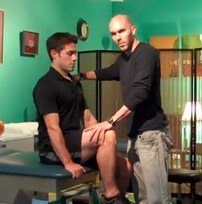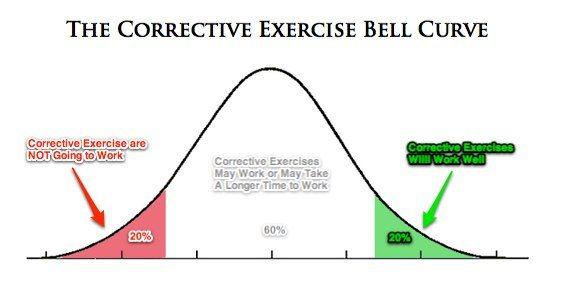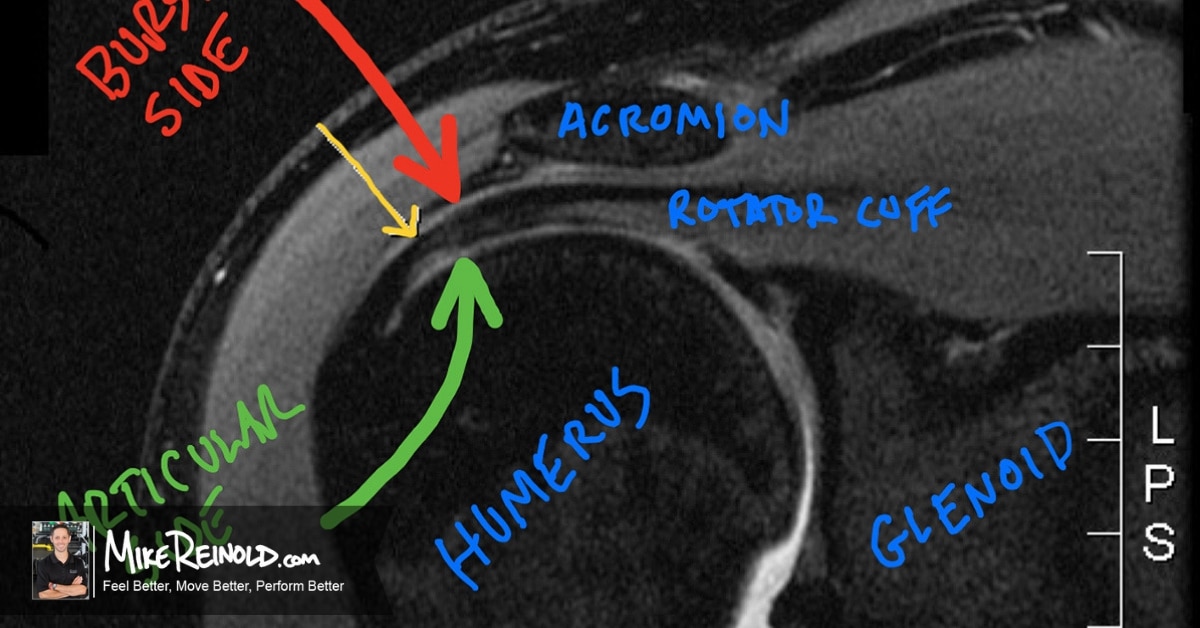Today’s post is a guest article written by Chris Johnson on the the importance of hip flexion strength when dealing with lower extremity pathology.
The Importance of Seated Hip Flexion Strength
Just over eight years ago, I accepted my first job as a physical therapist at the Nicholas Institute of Sports Medicine and Athletic Trauma (NISMAT) of Lenox Hill Hospital. This experience afforded me the opportunity to train under the late Dr. James A Nicholas, one of the “Founding Fathers” of sports medicine, and the winner of the 2004 President’s Cup award from the Sports Section of the American Physical Therapy Association (APTA). One of the greatest lessons I learned from Dr. Nicholas pertained to “linkage” and the importance of assessing seated hip flexion strength in patients presenting with lower extremity pathology, especially patellofemoral pain syndrome (PFPS).
In 1976, Dr. Nicholas and colleagues published an article in The American Journal of Sports Medicine entitled, “A study of thigh muscle weakness in different pathological states of the lower extremity.” This study documented that subjects with patellofemoral problems exhibited significant hip flexor weakness on the involved side when compared to a group of controls. Furthermore, Dr. Nicholas and his co-authors concluded that the hip flexor resistance test affords a quick and accurate way of detecting unilateral weakness of the trunk, thigh flexors, and quadriceps group making it a valuable clinical assessment tool.
More recently (2006), Tim Tyler and colleagues did a study investigating the role of hip muscle function in the treatment of PFPS. This study corroborated Dr. Nicholas’s original findings and demonstrated the importance of addressing hip flexor strength in the context of PFPS. The authors proposed that improving hip flexor strength helps to establish a stable pelvis during gait thus preventing it from going into excessive anterior tilt, which would result in excessive femoral internal rotation. The iliopsoas is also a secondary femoral external rotator and strengthening this muscle helps to align the trochlear groove and patella. It should also be mentioned that this study documented the importance of establishing adequate flexibility of the hip flexors and iliotibial band (ITB), which would induce posterior pelvic tilt and relative femoral external rotation. One of the major takeaways from this article is that in addition to resolving any hip flexor tightness, it is also important to ensure adequate strength of this muscle group.
Assessing Hip Flexion Strength
While clinicians and fitness professionals routinely assess for and correct hip flexor tightness, it has been my experience that screening for hip flexor weakness in a seated position is not routinely performed. Considering the research, medical and allied health professionals should include this as part of their screening or examination process, especially in the context of lower extremity pathology such as PFPS. To perform this test, the patient should be seated at the edge of a table or plinth with their back straight and legs dangling over the edge of the table while holding on to the front of the table. The patient is then instructed to flex one hip by bringing the knee up towards the chest and to hold it in place while the examiner pushes down on the thigh with the palm of his or her hand. Comparison is then made to the contralateral side. It is the author’s opinions that break testing is the best approach to strength test the hip flexors given the limited range available in a seated position. Standard manual muscle testing grades can be applied or clinicians can use a handheld dynamometer/manual muscle tester to establish a more specific strength index.
When assessing seated hip flexion strength, there are several key to ensure the test is properly performed. First off, patients should have 120 degrees of clean hip flexion so that they can get the involved extremity in to the proper test position without any compensatory motion. Secondly, patients should hold on the front of the plinth to prevent leaning back, which is a common substitution or trick movement when testing hip flexor strength. This will allow the examiner to isolate the hip flexor muscle group as well, thereby ensuring accurate results. Lastly, pay close attention to the low back during testing as patients presenting with hip flexor weakness often fall into excessive anterior pelvic tilt secondary to poor spinal stability, which can result in shearing of the lumbar segments. This may also indicate the need to incorporate spinal stabilization exercises in to the overall treatment program. Here is a quick video demonstration:
Next time you find yourself evaluating or treating a patient suffering from a lower extremity injury, make sure to test their seated hip flexion strength, especially in the context of PFPS. And remember that it is not only important for the hip flexors to be extensible but also for them to be STRONG, and without assign hip flexion strength you’ll never know!
References:
- Nicholas JA, Strizak AM, Veras G. A study of thigh muscle weakness in different pathological states of the lower extremity. Am J Sports Med. 1976 Nov-Dec:4: 241-8.
- Tyler TF, Nicholas SJ, Mullaney MJ, McHugh MP. The role of hip muscle function in the treatment of patellofemoral pain syndrome. Am J Sports Med. 2006 Apr; 34(4): 630-6.
About the Author

Chris has a great website that has a lot of information, especially in regard to running and triathlons. Thanks for such a great article on the importance of hip flexion strength!





